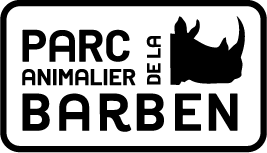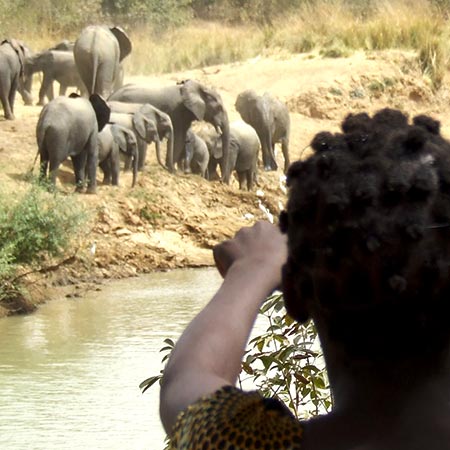

Preserving species
CONTRIBUTING TO CONSERVATION
Protecting animals in their natural habitat
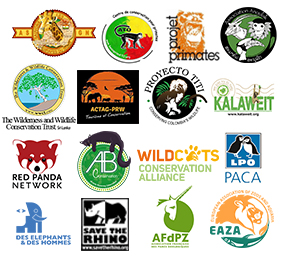
As part of its commitment to preserving biodiversity, La Barben Zoo supports a range of programmes to protect animals in the wild, by publicising their work and providing financial assistance.
Tackling the issues facing the local human population as well, these projects generally include several areas for action: protecting animals directly (combating poaching…), environmental education and promoting sustainable development locally by helping with crop diversification and micro-credits, for example.
The financial support we provide is made possible by the income received from the zoo’s entrance charges and from sales in the snack bar and shop. In addition, the zoo has set up a charitable organisation, Ecofaune. It works to collect donations from private individuals, companies, schools, etc. These donations are then passed on to the various programmes we support.
The zoo provides financial support for animal protection projects

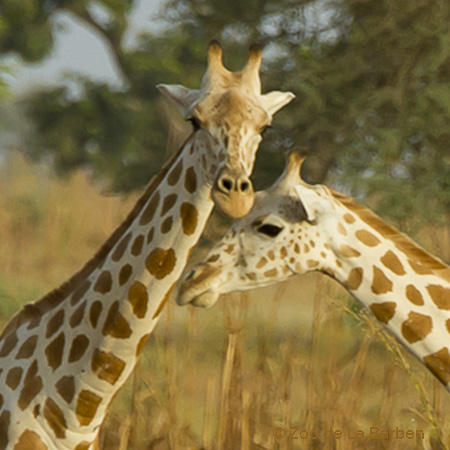
Giraffes in Niger – ASGN
Preserving species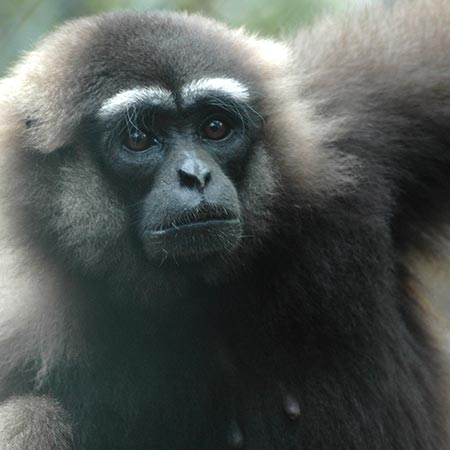
Indonesian gibbons – Association Kalaweit
Preserving species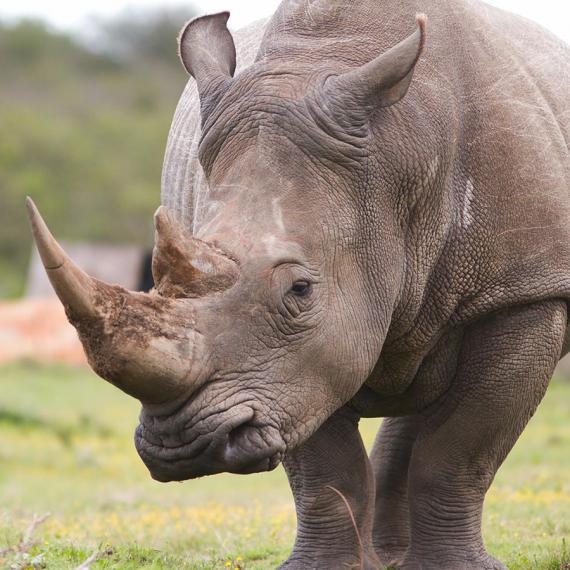
African rhinoceros – Save The Rhino
Preserving species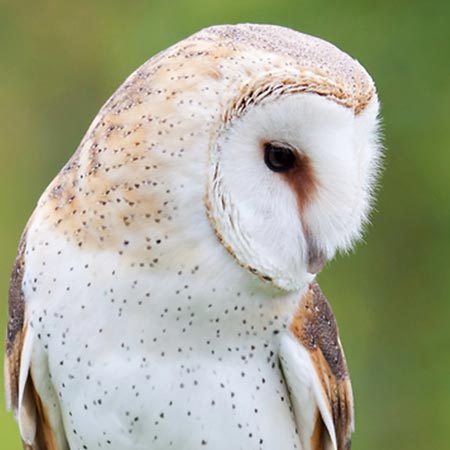
Our local wildlife – Buoux Regional Centre for Wildlife Conservation
Preserving species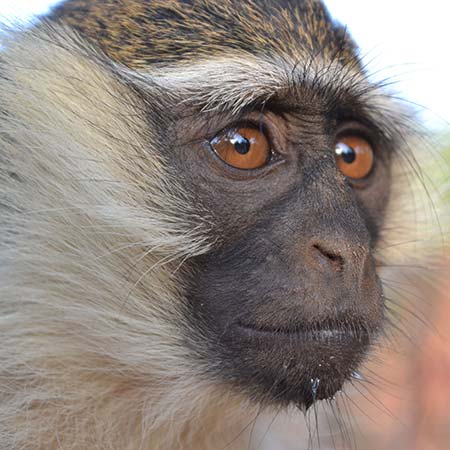
Monkeys in Benin – Association ATO
Preserving species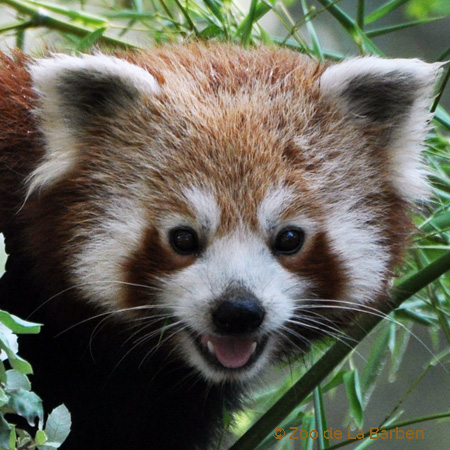
Red panda network
Preserving species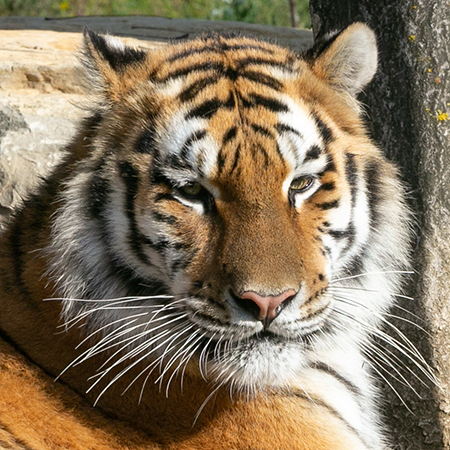
Amur tigers – Wildcats Conservation Alliance
Preserving species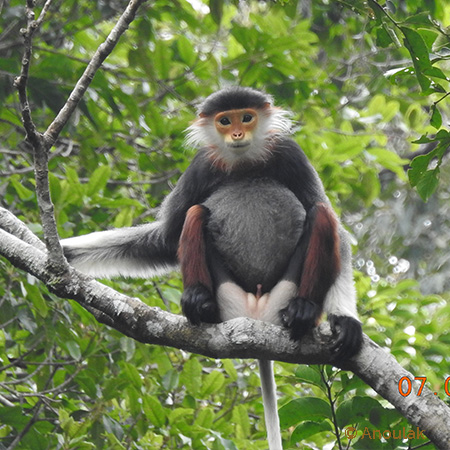
Lao PDR’biodiversity – Anoulak Association
Preserving species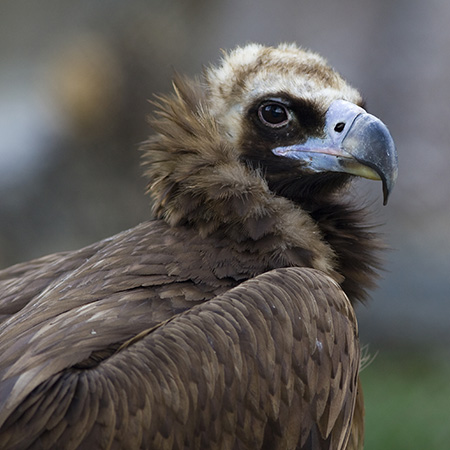
Verdon’s vultures – LPO Paca
Preserving species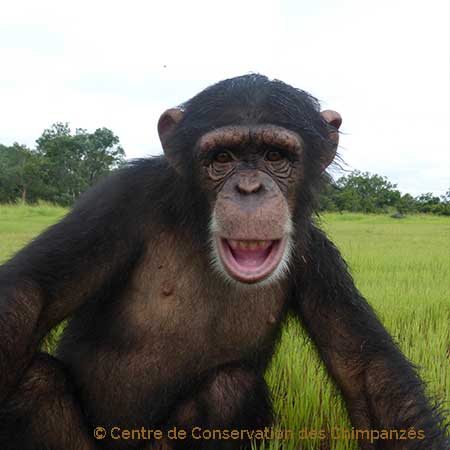
Chimpanzee Conservation Center
Preserving species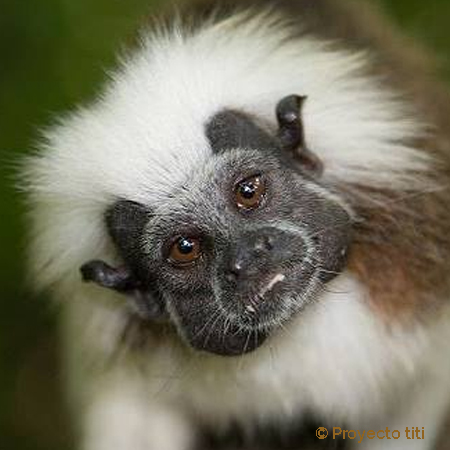
Cotton-top tamarins – Proyecto titi Fundation
Preserving species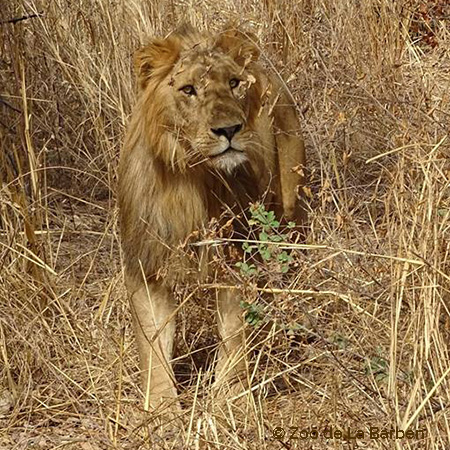
Lions in W parc (Niger)
Preserving species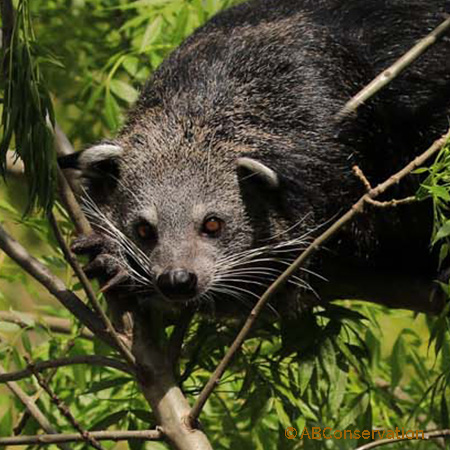
Bercats- Arctictis Binturong Conservation
Preserving species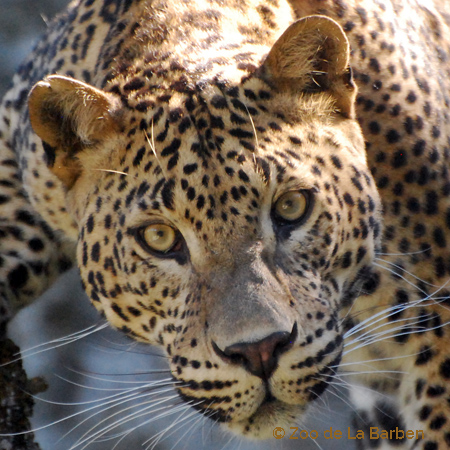
Sri-Lankan leopard – Wilderness and Wildlife Conservation Trust
Preserving species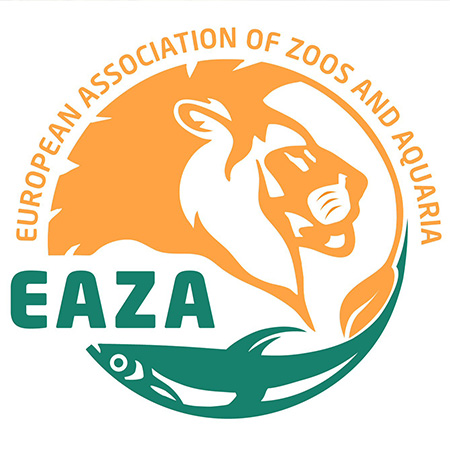
EAZA Campaigns
Preserving species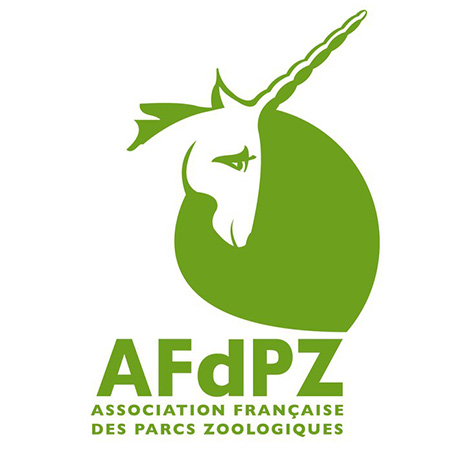
Afdpz consertion fund
Preserving speciesProtecting animals away from their natural habitat (« ex-situ » conservation)
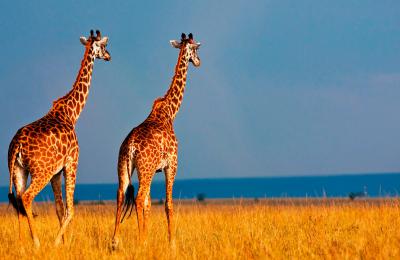
Sustaining and breeding wild animal populations in zoological parks helps to safeguard them and, if necessary, to reintroduce them into their natural habitat. With this in mind, two types of programme are in place:
- The EEP, European Endangered Species Programmes: these work with the most endangered species. A co-ordinator rigorously monitors all the representatives of a species being kept in European zoos, advises the zoos on the best methods for caring for these animals and manages exchanges of animals between institutions, to prevent any risk of inbreeding.
- The ESB, European Studbooks: these involve the less endangered species. They contain all the information held on the European population of a given species, in order to have all the necessary data available if a species enters an EEP.
La Barben zoo is involved in at least twentyEEP (giraffe, tapir, rhinoceros, Somali wild ass, tigers…) and a further ten ESB, like the brown bear, the ring-tailed lemur and the dwarf crocodile!

